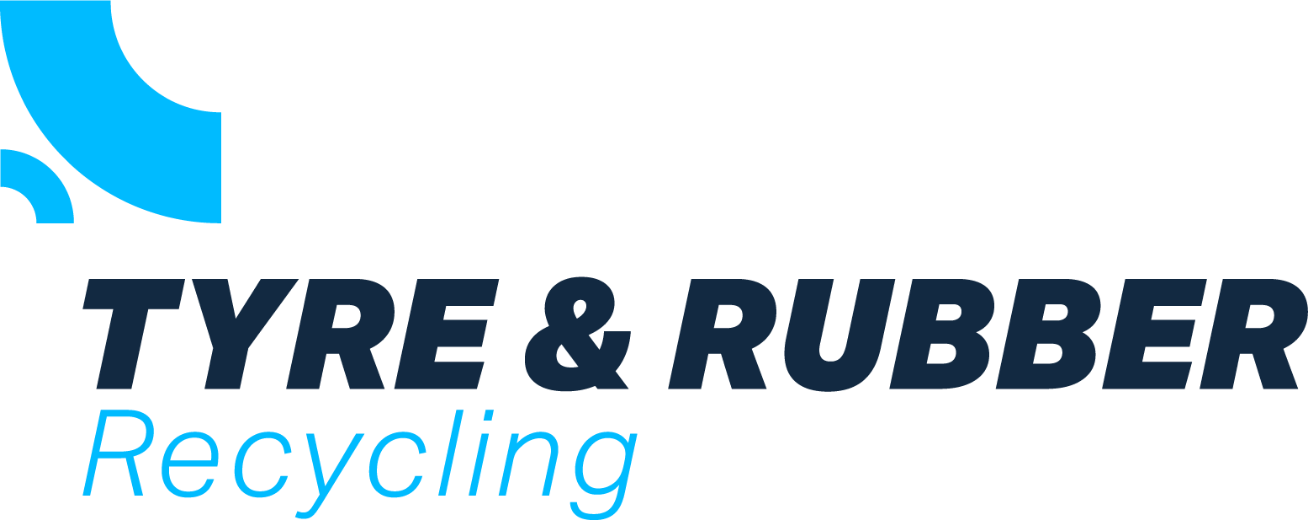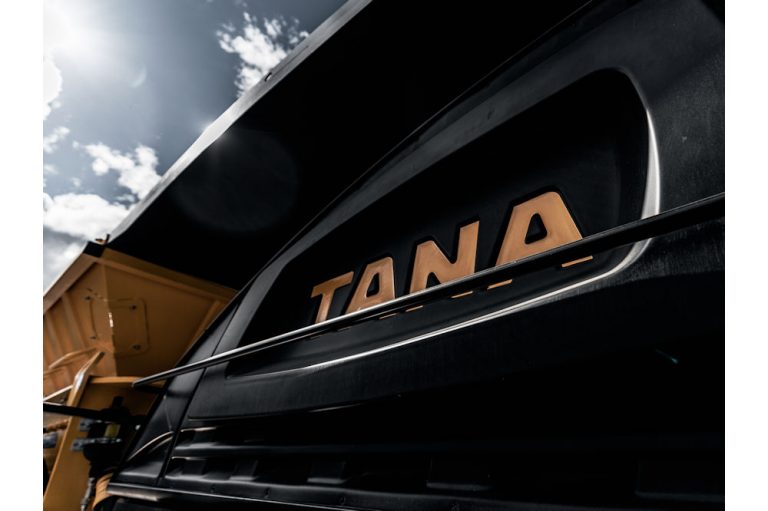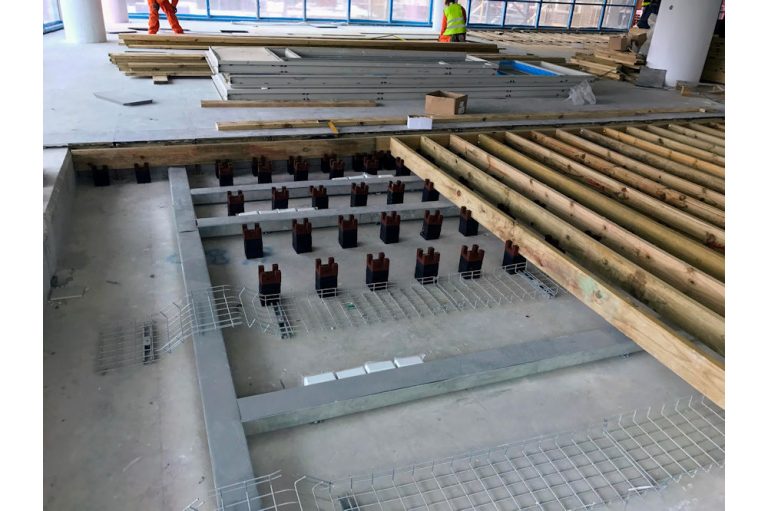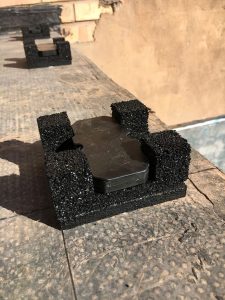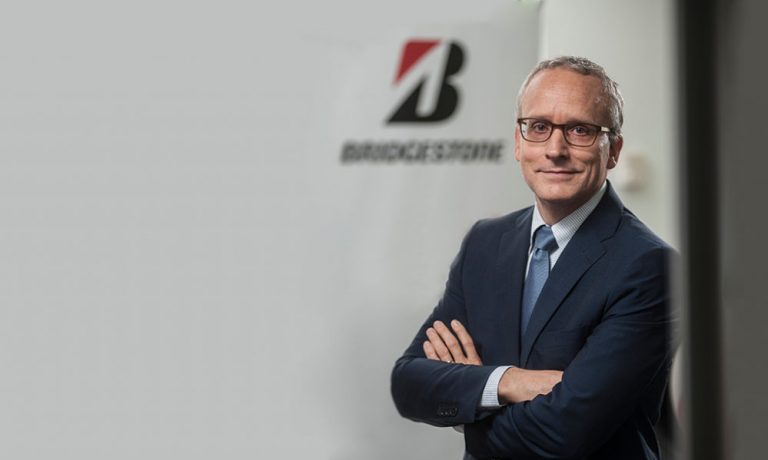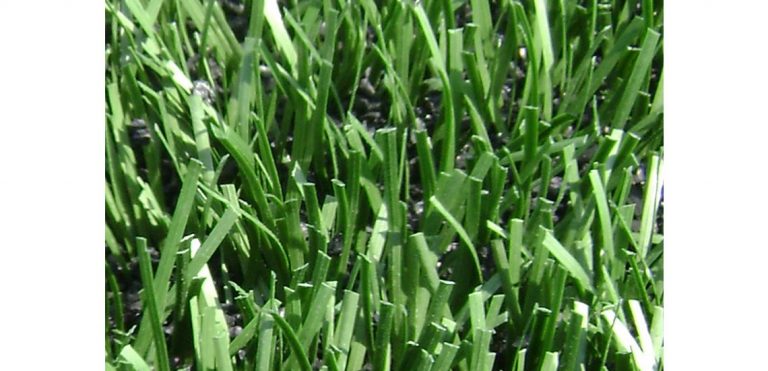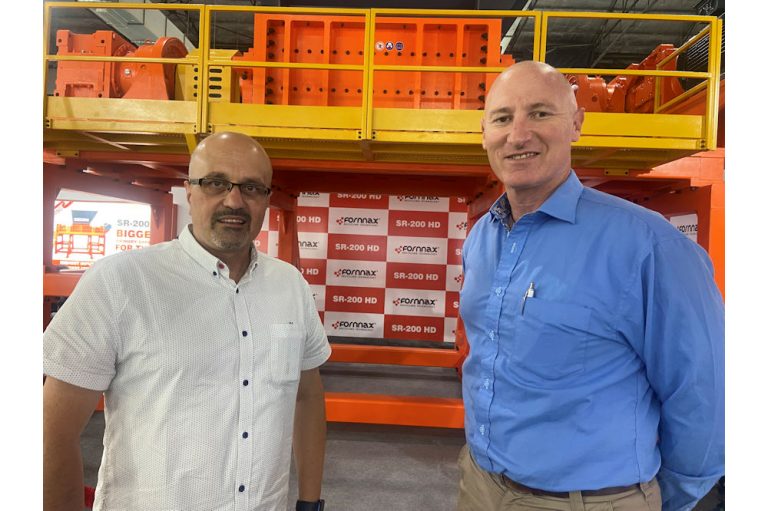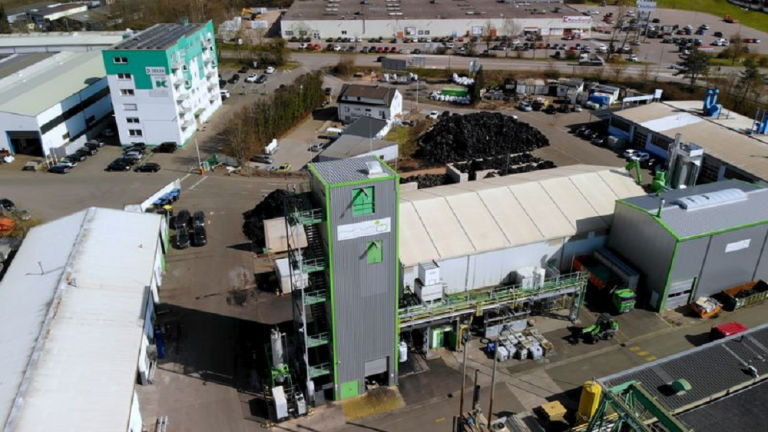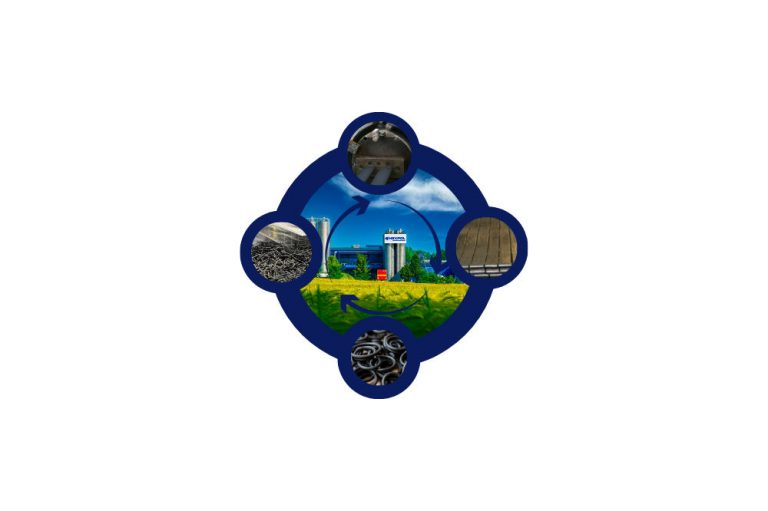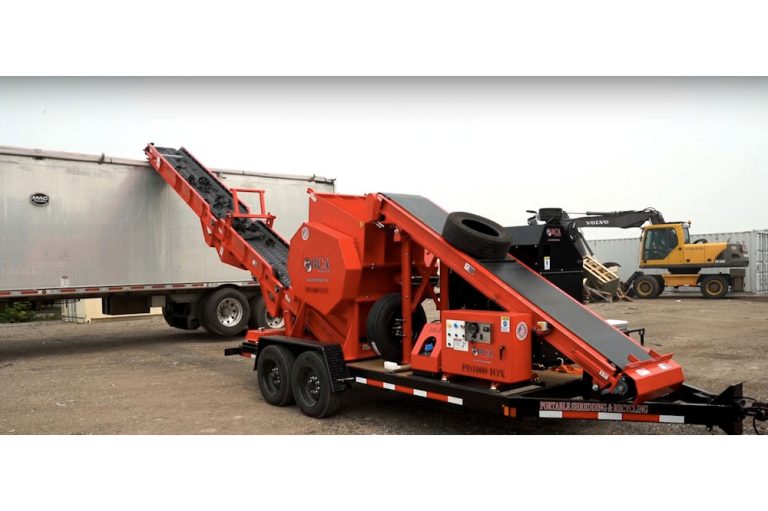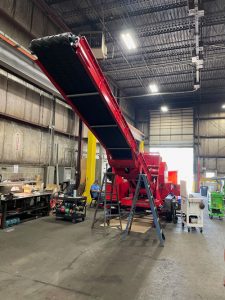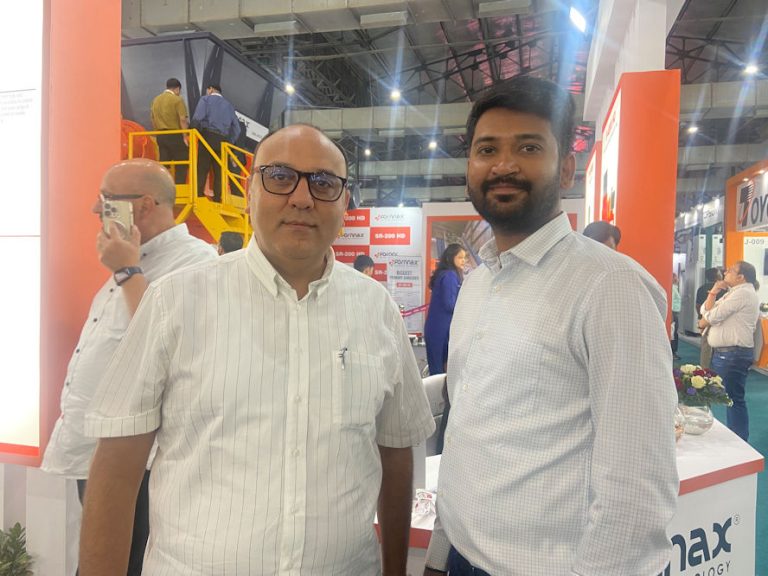The CapMan Growth Equity III fund has made its first investment in environmental technology company Tana
The investment has been made together with CapMan Growth’s long-term industrial advisor, Normet Group’s principal owner Aaro Cantell, and Elo Mutual Pension Insurance Company. Simultaneously the company’s executive management also invests significantly in the company. Tana’s long-term owner Kari Kangas and his family will continue as the company’s largest owner.
Tana Oy is an environmental technology company that promotes sustainable development by offering smart equipment and solutions for processing solid waste. The globally operating company is one of the world’s leading equipment manufacturers in the field, and its product portfolio includes shredders, screens, landfill compactors and remote monitoring systems. TANA products are exported to more than 50 countries through a global distribution network that includes more than 30 authorised TANA dealers. The company’s head office is in Jyväskylä, Finland.
Tana Oy is growing strongly and has been able to maintain an annual turnover growth rate of around 20 per cent for several years while maintaining an excellent level of profitability. For the financial year ended in March, the company’s turnover is expected to exceed EUR 65 million, and the parties to the agreement have agreed to invest in strong growth in the future as well.
Towards market leadership in the global recycling industry
CapMan Growth is investing in Tana together with its long-term industrial advisor, Aaro Cantell, principal owner of Normet Group. With his Normet background, Cantell has very strong, almost 20-year experience in generating rapid growth in a similar sector providing mining solutions, and he will support Tana’s future growth in the role of chairman of the board. In addition to his expertise, he will also make a significant investment in the company. The investor consortium is completed by Elo Mutual Pension Insurance Company, and the company’s executive management is also investing significantly in the company. TANA’s long-term owner Kari Kangas and his family will continue as the company’s largest shareholder.
“TANA has been my passion for almost 30 years and has rewarded me in many ways. With my children’s passions elsewhere and our strong growth strategy requiring even more experience and capital, partnering with CapMan Growth was a perfect fit for my plans. It will be very interesting to continue to be part of the growth story in an industry that has huge growth potential and where our work is truly meaningful,” says Kari Kangas, Member of the Board of TANA.
“This investment will enable TANA to grow even faster than before. It is great to have such experienced investors and even more industrial expertise to support our growth story,” says Kalle Saarimaa, CEO of Tana Oy.
“I am really excited about this opportunity to team up with Aaro, Elo, the company’s operative management and the long-term owner Kari Kangas to develop TANA‘s towards global market leadership. The recycling and reuse of materials is a rapidly growing industry globally, and during its long history the company has demonstrated its ability to innovate and grow profitably despite the recent turbulent operating environment,” says Tomi Alén, Partner at CapMan Growth in charge of the Tana investment.
“I’m thrilled for the opportunity to join TANA’s growth story. I have been following the company’s impressive development for a long time, and I see there much of the same potential as I saw in Normet back in the day. I believe that I can help the company’s management on the road to renewal and profitable growth,” says Aaro Cantell, CapMan Growth’s long-term industrial advisor, who has grown Normet more than ten-fold in just over 15 years to achieve annual turnover of approximately EUR 500 million.



